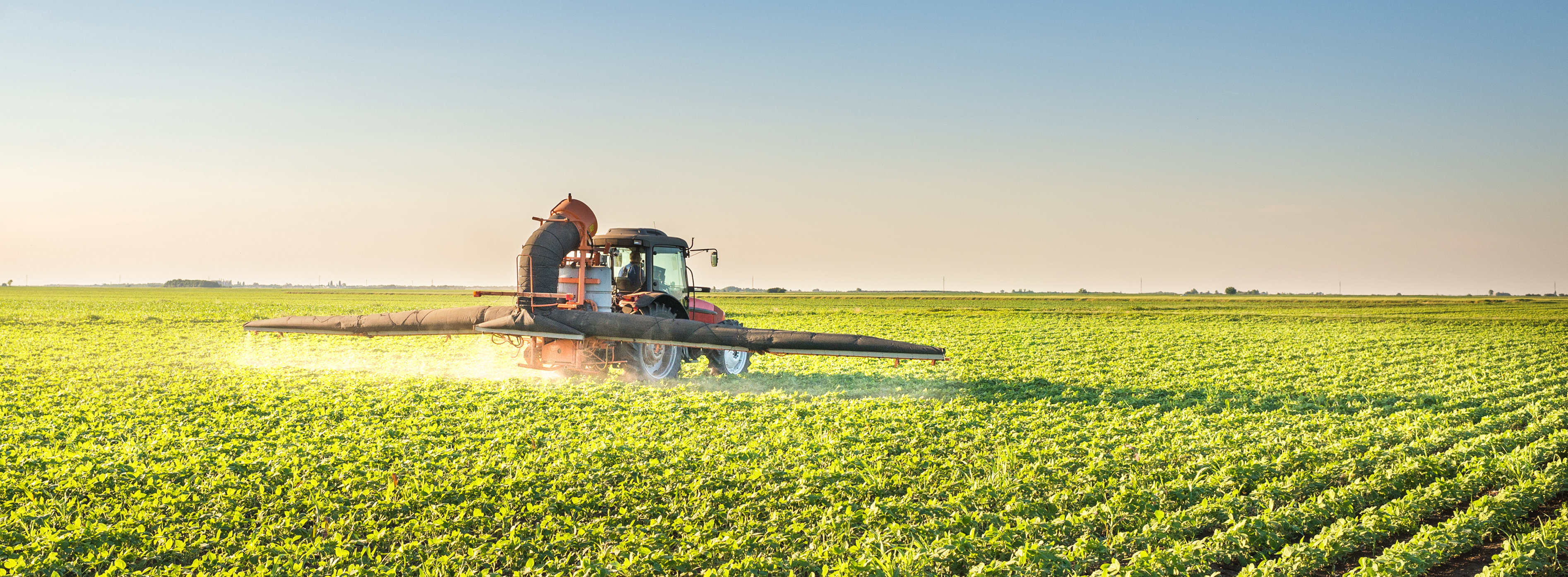In today’s talking points: Exciting Prospects for the Next Generation of Australian Agricultural Scientists; First-Rate Wool Prices Sheer Ahead; One of Australia’s most valuable horticultural exports to be influenced by China’s domestic production; Food manufacturing plants key to success stories of the Australian economy
Exciting Prospects for the Next Generation of Australian Agricultural Scientists
This new Agricultural initiative encouraged by the University of Tasmania, is actively exposing diverse career opportunities to high school teachers and our next generation of budding scientist. Professional development workshops will be run in Hobart for teachers to explore and visit producers in Derwent Valley where they will gain first-hand knowledge from industry leaders and researchers. Enthusing a new crop of prospective agricultural scientists, handbooks filled with experiments including fermentation, food safety, ripening of fruit, potato chip creation and photosynthesis will be offered. This extraordinary in opportunity in the Tasmanian Agricultural community will allow education to carve a niche in this growing field.
Read more at getfarming
First-Rate Wool Prices Sheer Ahead
The strongest performing commodity since February 2017, wool tops the shelves according to the latest Australian March Rural Commodities Wrap from NAB Agribusiness. The wool market is relishing some of the best conditions in decades according to NAB Agribusiness Economist Phin Ziebell. Despite the wool characteristically being sensitive to currency movements, a price upturn of 2.5 percent in February, continuing to 6.0 percent increase in March 2017, Australian producers are enjoying the results of these positive prospects.
Read more at getfarming
One of Australia’s most valuable horticultural exports to be influenced by China’s domestic production
At the recent Adelaide Nut Conference in Melbourne – China Ag’s market director Loren Puette said that trade in nuts are increasing but China’s domestic production of almonds, pistchaios, walnuts and macadamias will have a significant influence on their demand from Australia. Tree nuts are a major horticultural export and comprise 45 percent of all horticultural goods sold abroad. This is expected to grow and potentially reach $1 billion net worth in the upcoming financial year. Figures released by the Australian Bureau of Agricultural and Resource Economics and Sciences cite growth in tree nut exports rose from AU $6 million in 2010/11 to $63 million in 2025/2016. Agribusinesses experts say that almonds and pistachios will be the most in demand tree nut.Best sales were seen through e-commerce channels such as JD.com and Alibaba, with 1.5 billion worth of nuts being traded annually.
Read more at ABC
Food manufacturing plants key to success stories of the Australian economy
Australia now has 400 additional food manufacturing plants than it did in 2012 to take advantage of expanding export markets. At the Global Food Forum in Melbourne, Visy Executive Chairman Anthony Pratt said the rise in number of manufacturing plants is pivotal to Australia’s success in increasing food exports from AU $27 billion to $44 billion during the same period. “Our agriculture sector has just made its highest contribution t GDP growth since 2008. We need a constant focus on food exports to our Asian neighbours especially because our seasons are counter-cyclical to Asia’s, which is a great opportunity.” Horticultural exports have grown to 300 million in past 5 years. China is Australia’s second largest export market for wine, totaling AU $500 million. Pratt also expressed that there is capacity to to double the output, but it would take approximately 20 years to double food exports.
Read more at Weekly Times Now

